Another beautiful village abandoned in Spain
Thursday, August 31, 2017
Today I would like to talk to you about an abandoned village, located almost in the center of Spain: Granadilla.
Located in the province of Cáceres (Autonomous Community of Extremadura), Granadilla is one of the examples of people, who suffered the emigration of their people, from the countryside to the city, between 1950 and 1970.Another villages were recovered, in the 80s; but Granadilla did not realise it and it was abandoned.

Aerial view of Granadilla
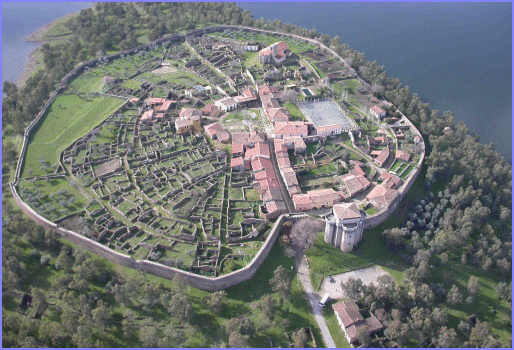
Granadilla
Founded in the IX by the Arabs --with Alcazaba, Mosque and market place-- was initially called Granada, which changed, when the conquest of the other Granada. Completely walled, in the sixties, when the reservoir of Gabriel and Galán was built, the village was expropriated, flooded the fields and it was surrounded by the waters. The gate, that only opened on All Saints day, when people came to pray to their deceased, the only ones who could stay.
Now, in the center, you can find the well-kept Plaza Mayor, in an empty village, next to the Town Hall and Church, and surrounded by walls and reservoir.

Reservoir of Gabriel y Galán
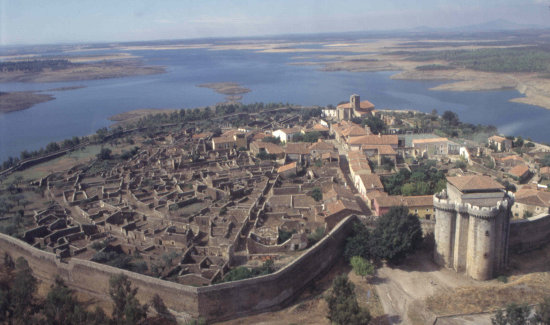
Walls of Granadilla
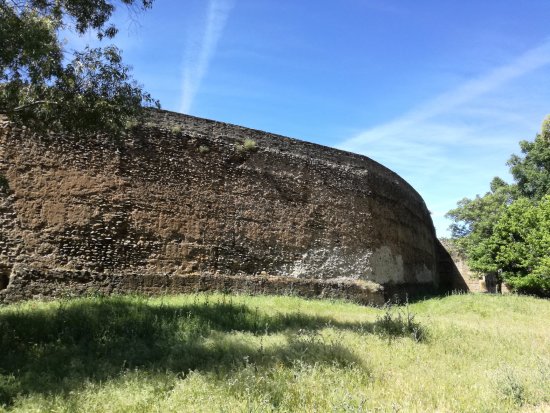
A part of the walls of Granadilla
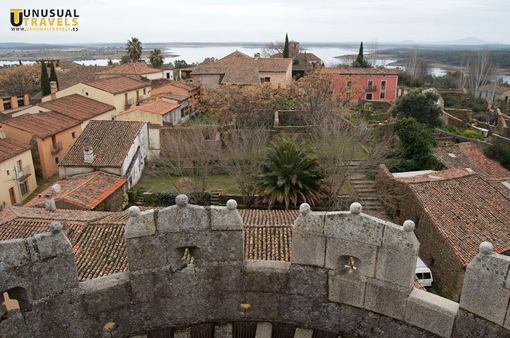
The village
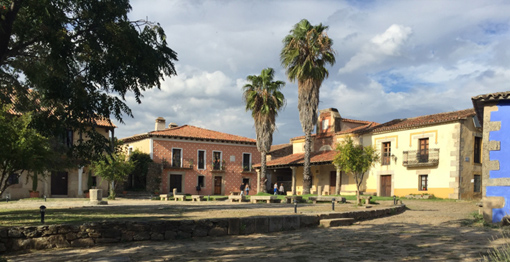
Main Square of Granadilla
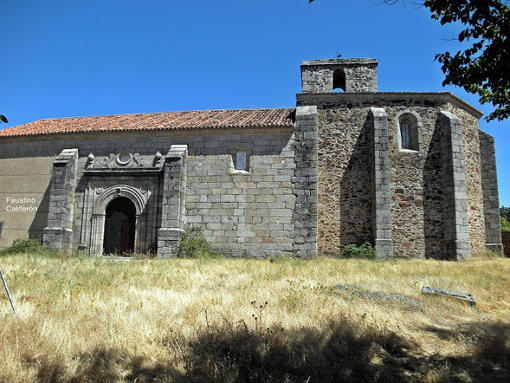
The church of La Asunción
The Almohads built the Alcazaba –which was the Castle later-, on the highest part of the village.
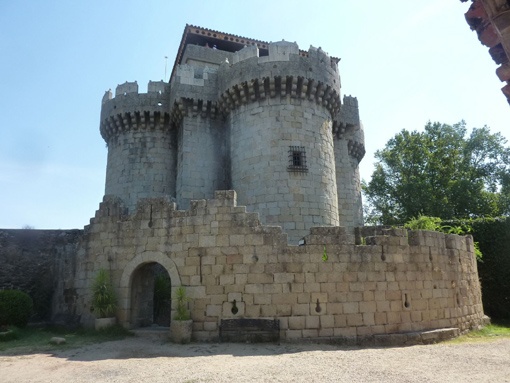
The Castle of Granadilla
The Castle was commissioned to build by García Álvarez de Toledo y Carrillo de Toledo, Duke of Alba, among 1473 and 1478. Its Architects were Juan Carrera and Tomás Bretón.
Inside the walls, the population was distributed in a radioconcentric way around the Main Square, which is the highest point in which the houses formerly occupied by the members of the village's number, the state council and the predominant families are. Although the configuration of many houses has changed, because of the restoration of houses, that took place after the eviction, there are still almost intact some houses of some architectural importance.
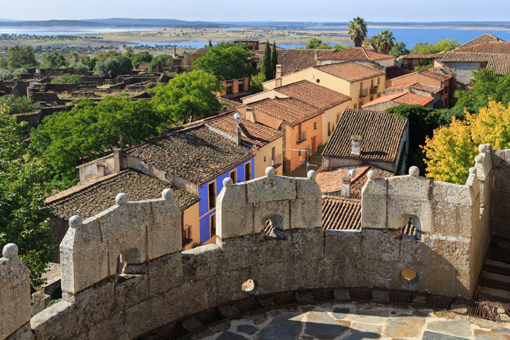
Houses of Granadilla

Houses with the reservoir Gabriel y Galan in the background
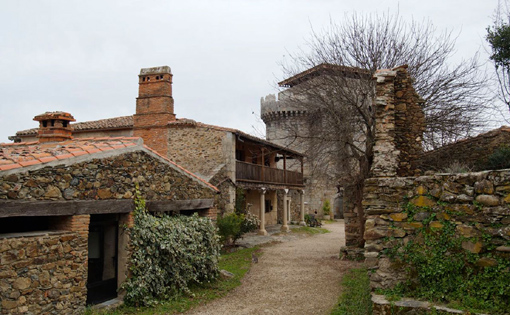
Other houses
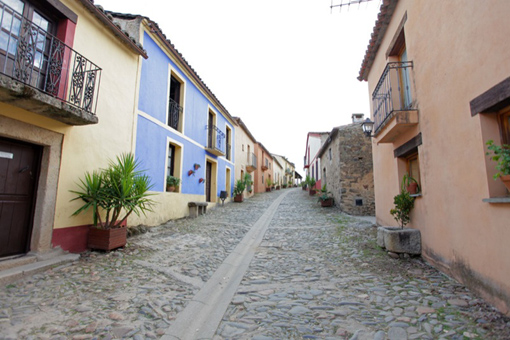
A street of Granadilla
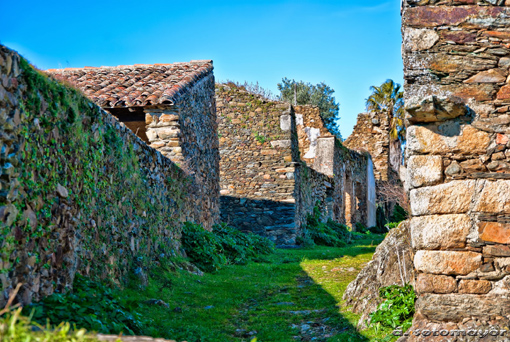
A very abandoned street
Among the most outstanding houses, that are preserved without having undergone structural modifications, are:
The Castle
The house named “de las Conchas” (“of the shells”):
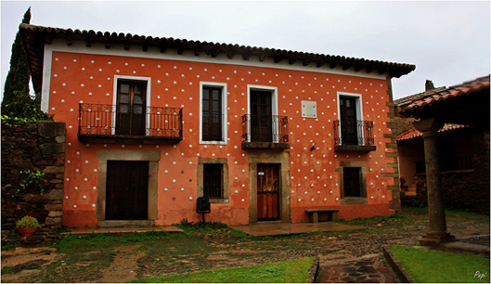
The house named “del Ayuntamiento” (“of the Town Hall”):
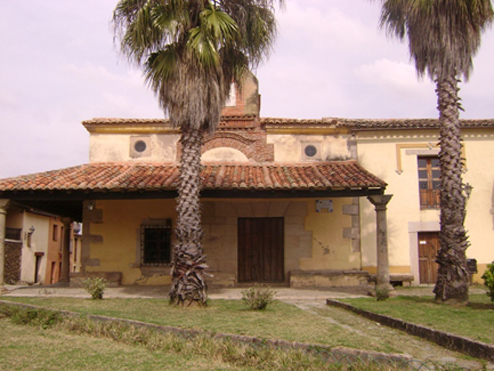
The “House of the Minaret”.
The old bar “Angelito”:
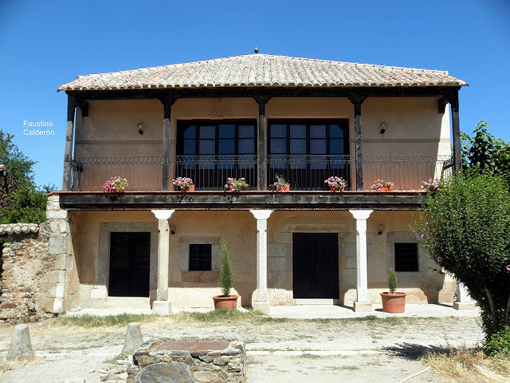
Well, I hope that you have liked this article and hope that you can go to this nice and abandoned village.
Until my next post, kind regards,
Luis.
Sponsored by Costaluz Lawyers.
Please click below:

 2
Like
Published at 11:31 AM Comments (0)
2
Like
Published at 11:31 AM Comments (0)
Another Spanish saying and proverb 75
Wednesday, August 23, 2017
Today, I would like to talk to you about a phrase, very popular in Spain, which I have heard many times --and I knew its meaning, but perhaps you do not know it--: "Así se las ponían a Fernando VII" ("They put them (the balls) so to Fernando VII”).
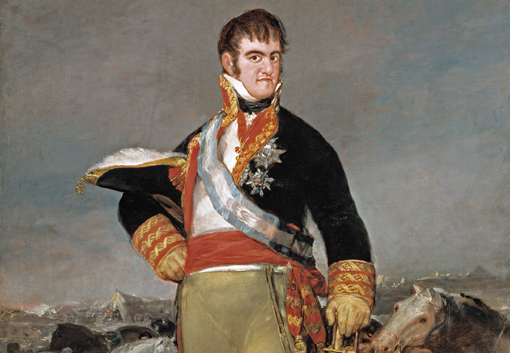
The King Fernando VII
This phrase is used when you want to make the ease with which someone, by virtue of favourable circumstances, can perform a certain thing. And, concretely, this phrase alludes to the adulatory and servile behavior of the people, who worked for the King Ferdinand VII, in his Palace, whom, in order to persuade him that he was an excellent billiard player, all of them were competing to give him easy carom shots.
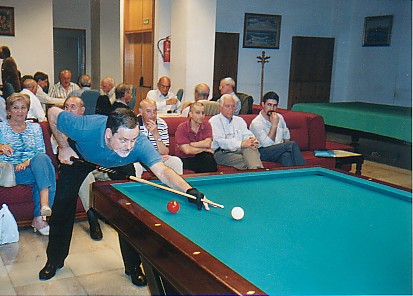
A billiard table
Well, I hope that you have liked this article.
Until my next post, kind regards,
Luis.
Sponsored by Costaluz Lawyers.
Please click below:

 1
Like
Published at 10:21 AM Comments (0)
1
Like
Published at 10:21 AM Comments (0)
Some Spanish scientists are planning the creation of an artificial cornea
Monday, August 21, 2017
Today I would like to show you a news about a so important breakthrough in medicine: "Spanish scientists will manufacture corneas with a 3D printer".
The Biomedical Research Institute of La Paz Hospital (IdiPAZ) will manufacture a complete substitute for cornea, created by cellular bioengineering from biological materials and the patient's own stem cells, which will be printed in 3D, to produce a "cornea completely equal to that of a donor ".
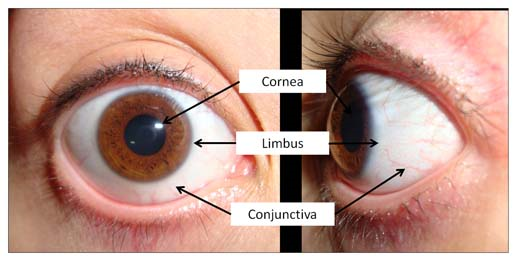
The Cornea in an eye
The goal is to "manufacture the first corneas for clinical use in 5 years" and produce them "tailored to the patient within a week", explains Dr. María Paz de Miguel, who heads the research team.
The project has been selected by the Foundation for Innovation and Prospective Health in Spain (Fipse), in the framework of the international “Idea2 Global” program, developed by the Massachusetts Institute of Technology (MIT).
It is about creating "a biomimetic human corneal stroma, that will replace the need for human donors" and several methods are being explored to synthesise a polymeric extracellular matrix of collagen, that mimics the human cornea, Fipse explains in the note.
On this matrix, patient's own mesenchymal stem cells will be printed in 3D, thus producing tailored biological corneas to "respond to people, who need corneal transplantation and return their vision", the note adds.
In the world, annually, there are over 10 million people, who are blinded by corneal pathology, but there are not enough donors. "As novel it has everything", according to the doctor, and the result will be "an autologous transplant. Stem cells - mesenchymal - come from the fatty tissue of the patient and, using their own biological elements,there will be no rejection".
By means of 3D printing the stem cells will be added to an extracellular matrix "a scaffold for stem cells", created with nanotechnology tools. "Mentorization of Fipse at MIT --the researcher explains-- will allow us to explore different nanotechnologies, to build this scaffold" with parallel collagen fibers, with specific distances that guarantee corneal transparency.
For its part, nanotechnology will allow to create the material that is capable after being printable in 3D. "It is a manufacture, not a culture of corneas", she adds.
It is outstanding to resolve the type of nanotechnology, that will be used, to create the material that allows the stem cells to print, says the researcher for whom "the eye will recognize the cornea manufactured, just like the transplanted one".
The doctor will remove "the receiving cornea, which is opaque, and replace it with this prosthesis, which will be custom-made for each patient. We do not expect rejection, because the material to be used is collagen, which is inert, and its own stem cells of the patient", so that it would become a definitive prosthesis, she asserts.
Although it is too early to know how long the process will last, "we can manufacture all the corneas that are needed. What will occupy us most will be to characterise the stem cells of each patient. We believe that, within a week, the cornea may be manufactured", according to the doctor.
The team is working, with experts from MIT and Harvard, in a "very interactive" work, that will last until the end of this year.
Well, I think that this project is so important, for everybody, because it could save many lives. Therefore, I encourage to all scientists, who are researching some new possibilities for treartment of diseases like cancer, several diseases in eyes, et cetera.
Until my next post, kind regards,
Luis.
Sponsored by Costaluz Lawyers.
Please click below:

 1
Like
Published at 10:07 AM Comments (0)
1
Like
Published at 10:07 AM Comments (0)
A rich rich dish in Spain
Wednesday, August 16, 2017
Today I would like to show you the recipe of a very "rich, rich" dish --as its author should say--, which we like very much in Spain: "Turbot with green sauce and battered clams". Its author is the great Spanish chef: Karlos Arguiñano.
These are the Ingredients: 1 turbot. 20 clams. 1 green onion. 2 cloves of garlic. 1/2 green pepper. 125 ml of white wine. Flour and beaten egg (to batter). Extra virgin olive oil. Salt. Black pepper. And parsley.
First, you have to remove the 4 steaks, with skin, from the turbot and keep them. In a casserole with water and salt, add a few sprigs of parsley and put the spines and the head of the fish. Add the green of the chive and boil everything for 20 minutes. Strain and keep the fumet (broth).
Put the clams in a pot, pour the white wine and cook the clams until they open themselves. When they are open, strain the broth and reseal it.Remove the meat from the clams and keep it.
To make the green sauce, you have to peel and chop the garlic cloves well and put them to brown in a pan, with a little stream of oil. Chop the chives and pepper and add them. Season and cook the vegetables, until they are well poached. When they are poached, add a tablespoon of flour and fry it lightly. Pour 3 small ladleful of broth of clams and 3 ladleful of the fumet. Let it reduce everything, over low heat.
Now, put a few sprigs of parsley and the rest of the clams broth, in the glass of the mixer. Grind, with the electric mixer, strain and add to the green sauce, without boiling.
Pass the clams for flour and beaten egg and fry them, in a pan, with plenty of hot oil. Then remove them to a plate with absorbent paper.
Season the fish fillets, on both sides, and cook them on the grill, with a small drop of oil.
Well.., and this must be the result:

I hope that you have liked this recipe and hope that you will try to cook it.
Until my next post, kind regards,
Luis.
Sponsored by Costaluz Lawyers.
Please click below:

 0
Like
Published at 11:13 AM Comments (0)
0
Like
Published at 11:13 AM Comments (0)
Some Spanish researchers study how to prevent stomach cancer
Monday, August 14, 2017
Today I would like to bring you an important and curious news for our health: “Movements involved in housework reduce the risk of stomach cancer”.
Regular practice of physical activity, in the domestic setting, reduces the likelihood of suffering from malignant tumors of the stomach, both for the whole of gastric tumors and for the different types of stomach cancer, in almost 50% of the cases. This is clear from the “MCC-Spain” study, prepared by the Epidemiology Service of the Regional Ministry of Health of the Region of Murcia and the Center for Biomedical Research in Network (Ciber) of Epidemiology and Public Health (Ciberesp).

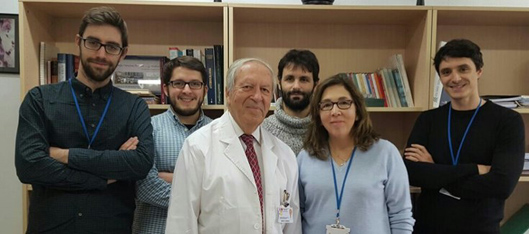
Team from the CIBERESP
The research concludes that people, who spend more time on household, tasks are half as likely to suffer from the disease as the less active.
In this sense, “MCC-Spain” classifies household tasks in low-intensity activities, such as cooking, ironing or making beds, while other activities, such as scrubbing the floor or windows, as well as, actively playing with children, are included within activities of high intensity.
Apart from this, performing physical activity, during leisure time, also reduces the risk of stomach cancer. In this case, the study shows that people, who practiced sports, at least 150 minutes a week (20 minutes a day) or performed activities such as cycling or walking, had a risk of cancer ranging from 27% to 39% lower.
With this finding, "the importance of household tasks, that may represent a significant proportion of total daily activity in some population groups, is reinforced", according to the statement by Ciberesp. Despite this, the study details that the benefits of physical activity were only observed in non-sedentary people.
Totally, 428 patients, diagnosed with this disease, were analysed, as well as 3,225 healthy participants. Also, to prevent the onset of chronic diseases, such as cancer, cardiovascular disease or diabetes, experts recommend doing at least 150 minutes a week of moderate activities, such as walking and dancing, or the equivalent of 75 minutes a week of intensive activities, such as running or doing sports.
Well, I hope that you have liked this news.
Until my next post, kind regards,
Luis.
Sponsored by Costaluz Lawyers.
Please click below:

 0
Like
Published at 10:40 AM Comments (0)
0
Like
Published at 10:40 AM Comments (0)
Another small abandoned Spanish village
Thursday, August 10, 2017
Today I would like to talk to you about an abandoned village, in the north-west of Spain: Otero de Sariegos.
This abandoned village is situated in the province of Zamora.
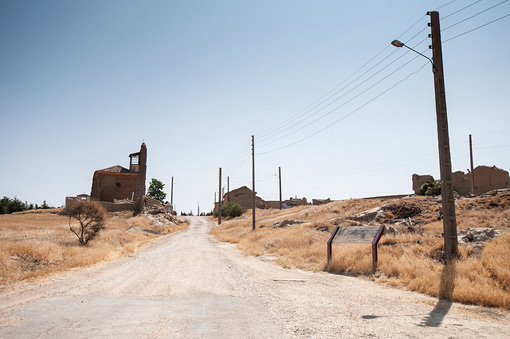
Near this village, you can visit the Lagunas de Villafáfila Regional Reserve (a privileged place for the observation of wild birds).
Otero de Sariegos has lost the humanity that there was there, and has given way to the colonies of pigeons, which inhabit the many dovecotes, half-ruined, that you can find there.
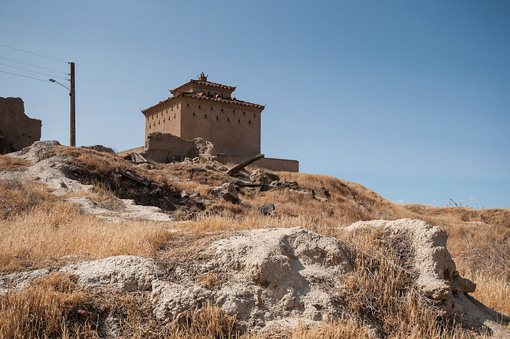
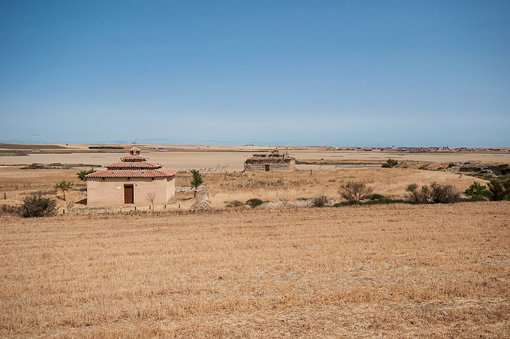
The abandoned village of Otero de Sariegos is situated on the top of a small hill from which you can see cereal fields and adobe dovecotes in ruins and many others restored. Because of the proximity to the lagoons of Villafáfila, in the village salt was exploited, which was taken from the lagoons, hence the Sariegos name, derivation of saliegos. Until about 5 years ago, some neighbors were, in the village, who were gradually leaving their homes, being operating only one building and only twice a year --on April 25 and November 11, when the doors of the church of San Martín de Tours open its doors, to celebrate the festivities of San Marcos and San Martin--.
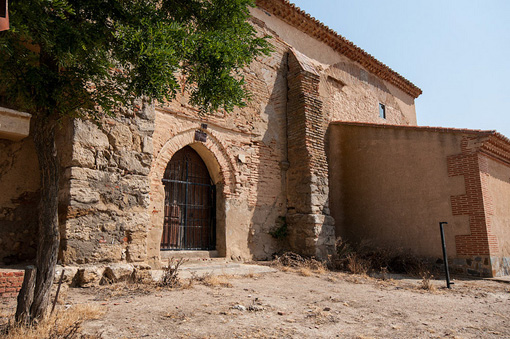
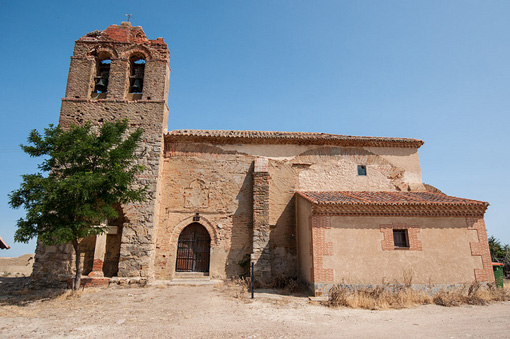
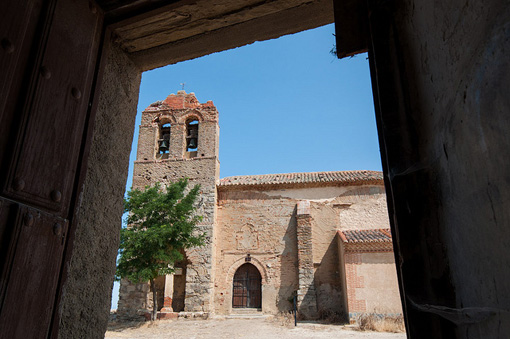
In the village there is no asphalt, it was lost with time and neglect, the streets are made of dirt and, as you can see, the facade of the church of San Martin de Tours presents an aspect of quite deterioration, especially its brick gable, where the bells are located; the only part, that is saved, is an annex, in the right part of the main facade to the church, that must be the sacristy; generally this building is the one that, in better conditions, you are going to find in the abandoned village of Otero de Sariegos.
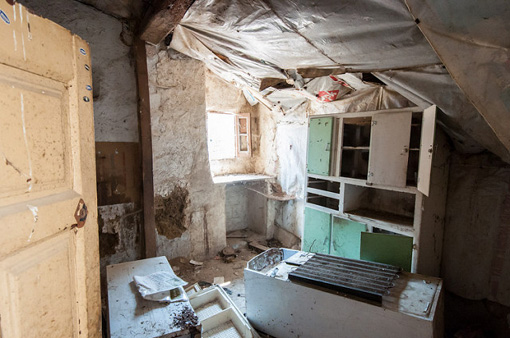
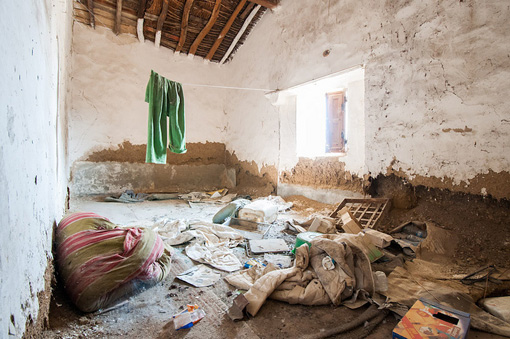
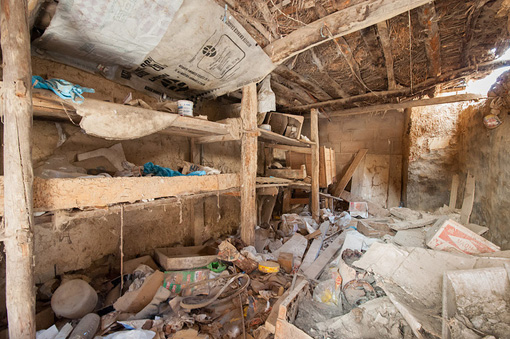
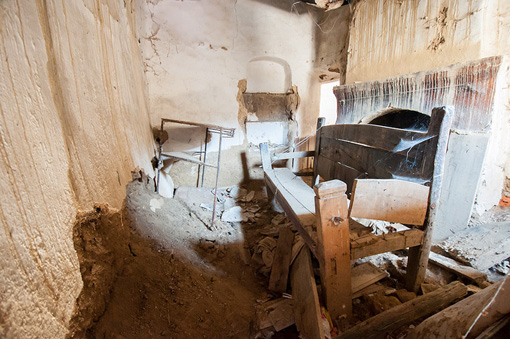
After visiting the church of San Martin de Tours, you can explore some of the houses of the village and you will see many of them destroyed, others with the roof coming down and the vast majority have doors open; almost all houses are made of adobe and you will appreciate how there are entire walls fallen, while, in others, the adobe has been dissolved by the erosive action of water.
The most curious thing, that you can see, is how many things there are in the houses, in many of them, it was as if there had been a bombing and people had fled leaving everything behind, chairs, armchairs, pallets, shelves with few things of value, and even ancient electrical appliances you will see through the ruins of some of the houses of Otero de Sariegos.
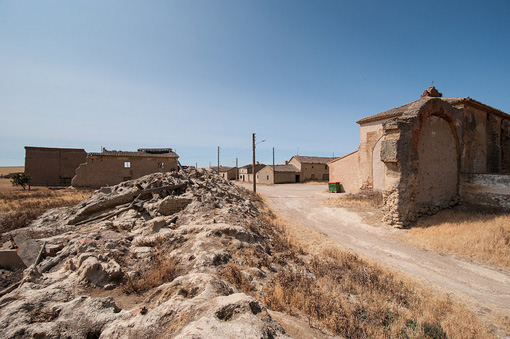
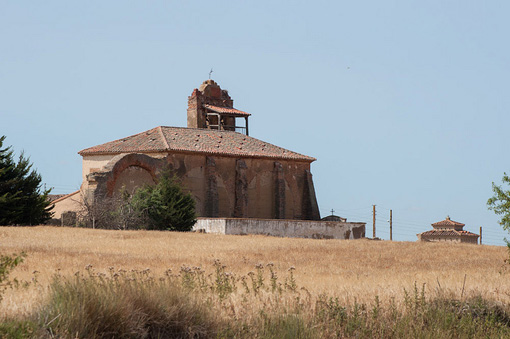
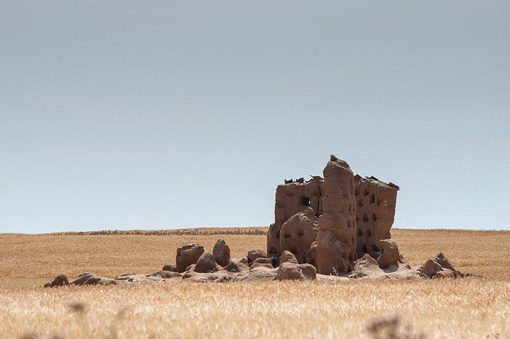
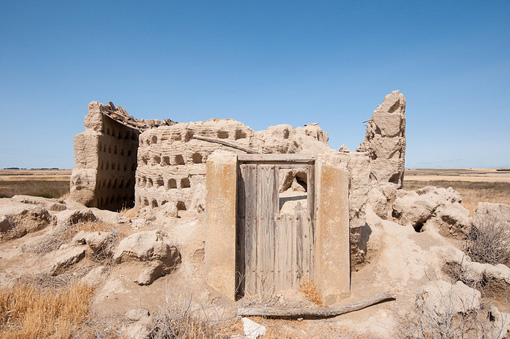
You can walk around the village, which is small and you can see some other old dovecots, in ruins, some small circular buildings of adobe, with holes in its interior, so that the pigeons nest inside, taking advantage of these birds for human consumption and for obtaining the palomino --which is the feces of the pigeons, used as fertilizer--.
Well, I hope that you have liked this article and hope that you can go to this abandoned village; if you do it, please tell me as soon as possible.
Until my next post, kind regards,
Luis.
Sponsored by Costaluz Lawyers.
Please click below:

 0
Like
Published at 9:03 AM Comments (0)
0
Like
Published at 9:03 AM Comments (0)
Spanish researchers analyse brain activity while two people are talking
Monday, August 7, 2017
A few days ago, I found a very curious news: Our brains are 'synchronised' during a conversation. And today I would like to share this news with you.

Something as simple as an everyday conversation causes the brains of two people to start working simultaneously. This is a study, conducted by the Basque Center on Cognition, Brain and Language (BCBL), published in the journal Scientific Reports.
Until now, the most traditional researches had hypothesised that brain 'synchronises', in function of what it is listening, adjusting its rhythms to the auditory stimuli.
Now, experts from the center of San Sebastian have gone a step further and have simultaneously analysed the complex neural activity of two unknown people, who engage in dialogue for the first time.
The team, led by Alejandro Pérez, Manuel Carreiras and Jon Andoni Duñabeitia, has verified, by recording the brain electrical function, that the neuronal activity of two individuals, involved in a communicative act, is 'synchronised' to give way to a 'connection' among both subjects.
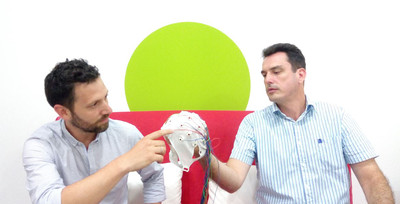
Alejandro Pérez, on the right side

Manuel Carreiras

Jon Adoni Duñabeitia
"It is an intercerebral communion, that goes beyond the language itself and can be a key factor in interpersonal relationships and understanding of language", explains Jon Andoni Duñabeitia.
In this way, the rhythm of the brain waves of the transmitter and receiver is adjusted to the physical properties of the sound of the verbally uttered message, in a conversation, thus generating a connection among the two brains, that begin to work together for the same purpose : the communication.
"The brains of two people come closer, thanks to language, and communication creates links among people, that go far beyond what can be perceived from the outside", the researcher at the Basque center adds. "We can tell if two people are talking to each other just by analysing their brain waves".
In order to carry out the study, the BCBL researchers placed 15 pairs of people of the same sex, who did not know each other, separated by a screen, thus ensuring that the connection generated was actually through established communication.
Following a script, the couples engaged in a general conversation and, in turns, the protagonists exchanged the role of spokesperson and receiver.
Through electroencephalography (EEG) --a non-invasive test, that analyses the electrical activity of brain--, scientists measured the movement of brain waves simultaneously and found that, the oscillations of the same, occurred at the same time.
"Being able to know if two people are talking to each other, and even what they are talking about, just by looking at their brain activity, is a wonderful thing. Now we can explore new applications of great utility, in special communicative contexts, like in the case of people with difficulties to communicate", Duñabeitia emphasises.
In the future, knowledge of this interaction among two brains would allow us to understand and analyse very complex aspects, in the field of Psychology, Sociology, Psychiatry or Education, using neuroimaging within a realistic or ecological context.
"Demonstrating the existence of a neuronal synchrony, between people talking, has been only a first step", Alejandro Perez says. "Many questions and challenges are away for us to solve".
The author of the BCBL argues that, in addition, the practical potential is enormous. "Communication problems occur every day, and what we plan to do is to strengthen that described intercerebral coupling, in order to improve communication", Pérez concludes.
For researchers, the next step will be to check, using the same technique and dynamic of pairs, if the brains of two people are 'synchronised', in the same way, when the conversation takes place in a non-native language.
Well, I hope that you have liked this news, such as I did.
Until my next post, kind regards,
Luis.
Sponsored by Costaluz Lawyers.
Please click below:

 0
Like
Published at 11:29 AM Comments (0)
0
Like
Published at 11:29 AM Comments (0)
Another spanish saying and proverb 74
Thursday, August 3, 2017
Today I would like to show you a very popular saying, in Spain, and that I have heard it many times, but I have never known its origin.
This is the saying: “Armarse la marimorena” (“The marimorena was a great commotion”) and this is its meaning: Explode, for whatever reason, some pendency, quarrel or brawl of importance. The somewhat misty origin of this saying seems to be found in a certain "tavern-keeper", named after this, María Morena, who, in connivance with her husband, an Alonso de Zayas, kept some leathers of wine, at their home, and whatever, for some unknown reasons, she refused to sell them, she caused a public uproar of such proportions, that the phrase became proverbial. Example: "There everyone had three more cups, and, in the end, then that: the marimorena was a great commotion".
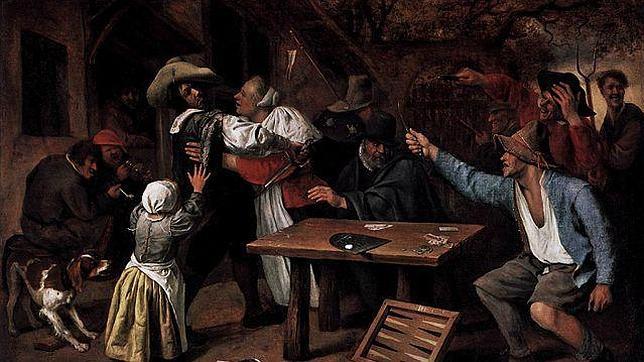
A brawl cause of a game of cards
In Spain Marimorena was not a great commotion, in the time of Maricastaña, but almost or at least with this expression. Two centuries after the brave Galician, Maria Castaña (Mary Chestnut, literally said), gave cause for the popular saying, another Maria, indicted in 1579, united her name to the one of the dispute, brawl, trouble and fight, forever.
In the year 1834, Jose Maria de Zuaznávar and France, a jurist and member of the Real Spanish Academy and of the History, adviser of Isabel II, by those dates, already talks about María Morena. In his search, for judicial cases prior to 1700, Zuaznávar found an inventory of Juan de Valcárcel Dato, in which he referred the case formed, in 1579, against Alonso de Zayas and his wife, Mari Morena, court innkeeper, for having, in her house, leathers of wine and not want to sell them. It is said that she refused to serve her best wine, to a group of soldiers, who had arrived thirsty and eager to drink up to there.

The Mari Morena´s tavern in the Sixteenth century
That wine, with better quality, was kept to serve customers of greater age, because the canteen was regularly visited, by illustrious officials and members of the Court.
After refusing to serve a good wine, in the local began a brawl and, as far as the writings of that time explain, the one who shared more sticks was the innkeeper herself, known as Mari Morena by all the locals.
Maria Morena was a brave woman, of who they did not recast themselves, in the moment to draw attention or to put a mess to those clients, who tried to leave without paying or had drunk more of the account; so its fame preceded it, reaching to the present day the famous expression "the marimorena was a great commotion", as a synonym of quarrel or row.
We must not confuse the Marimorena with this expression, with which is named, in the popular Christmas Carol, since that other is the way in which the Virgin Mary is known (La Virgen Morena, La María Morena, La Moreneta ... ) in some places.
Well, I hope that you have liked to know this story.
Until my next post, kind regards,
Luis.
Sponsored by Costaluz Lawyers.
Please click below:

 0
Like
Published at 9:41 PM Comments (0)
0
Like
Published at 9:41 PM Comments (0)
Spam post or Abuse? Please let us know
|
|